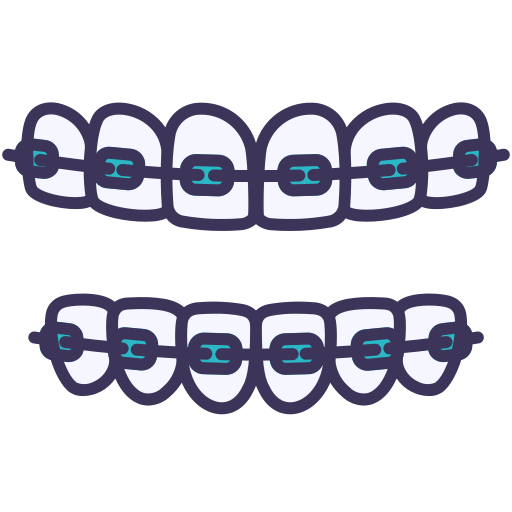ORTHODONTICS

Orthodontics is a specialized field of dentistry focused on diagnosing, preventing, and treating malocclusions—commonly known as misaligned teeth and jaws. Utilizing an array of tools such as braces, clear aligners, retainers, and even orthodontic headgear, orthodontists are equipped to correct a wide variety of dental issues, ranging from crowded teeth and overbites to complex jaw irregularities. While orthodontic treatment is often initiated during adolescence, it’s increasingly common for adults to seek corrections later in life. The benefits of orthodontic procedures are manifold: improved oral function, easier cleaning, reduced risk of tooth decay, and a significant boost in self-esteem thanks to a harmonized smile. Whether you’re considering treatment for yourself or a loved one, orthodontics provides a pathway to optimal dental health and aesthetic balance, making it an invaluable investment in your overall well-being.
FAQ - Orthodontics
Orthodontics is a specialized branch of dentistry focused on diagnosing, treating, and preventing issues related to misaligned teeth and jaws.
Orthodontic treatments often employ a variety of tools such as traditional braces, clear aligners like Invisalign, retainers, and occasionally orthodontic headgear.
While many people begin orthodontic treatment in adolescence, it’s becoming increasingly common for adults to undergo treatment. It’s best to consult with an orthodontist to determine the ideal time for you.
Orthodontists can treat a wide range of conditions, including but not limited to, crowded teeth, gaps, overbites, underbites, and jaw alignment issues.
The duration of treatment varies depending on the complexity of the case, but generally, it can last from 18 months to 3 years.
Absolutely! Beyond cosmetic improvements, orthodontics can also improve oral function, make teeth easier to clean, and reduce the risk of dental issues like decay and gum disease.
While some discomfort is common, especially after adjustments, most patients find orthodontic treatment to be less painful than they initially anticipated.
Insurance coverage for orthodontic treatment varies. It’s essential to consult your insurance provider for specific details on what is or isn’t covered.





